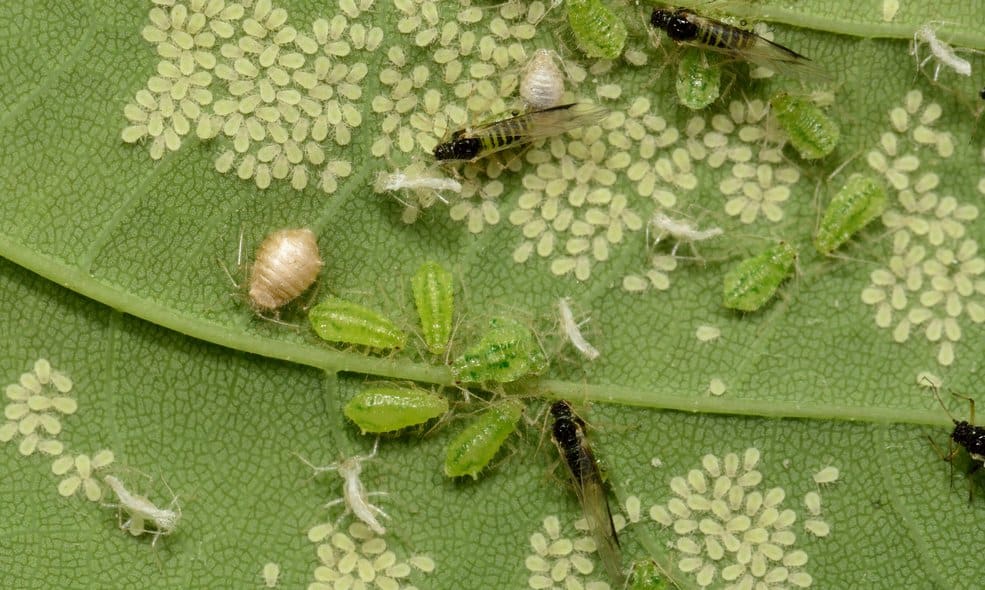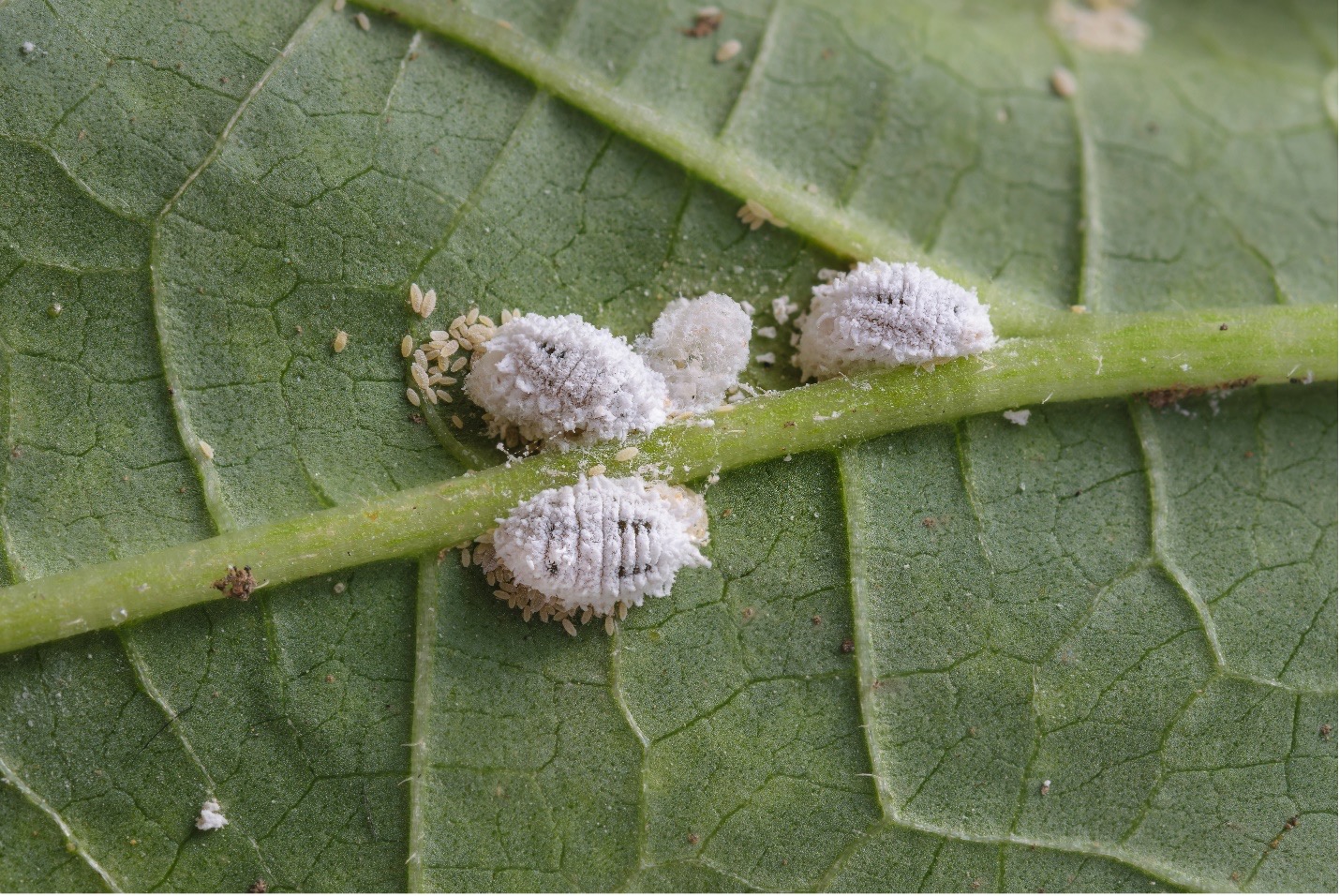Biological pest control, also known as biocontrol, is a method of managing pest populations using living organisms. This approach has gained popularity in recent years due to its potential to reduce the use of chemical pesticides and maintain ecosystem balance. In this article, experts at Alliance Pest Services will explore the concept of biological pest control, its benefits, and examples of its application.
What is Biological Pest Control?
Biological pest control involves the use of natural enemies, such as predators, parasites, and pathogens, to control pest populations. These natural enemies can be introduced into an ecosystem to control specific pest species, or they can be encouraged to thrive through conservation and habitat manipulation. Biological pest control can be used in a variety of settings, including agriculture, forestry, and urban areas.
Benefits of Biological Pest Control
Biological pest control offers several benefits over traditional chemical pest control methods. Some of the advantages of biocontrol include:
- Environmental Sustainability: Biological pest control is a sustainable approach that reduces the use of chemical pesticides, which can harm the environment and contaminate soil, water, and air.
- Targeted Control: Biocontrol agents are often specific to particular pest species, reducing the risk of harming non-target organisms.
- Long-term Control: Biological pest control can provide long-term control of pest populations, as natural enemies can establish themselves in the ecosystem and continue to control pests over time.
- Cost-effective: Biocontrol can be a cost-effective approach, as it eliminates the need for repeated chemical applications and can reduce the economic impacts of pest damage.
Types of Biological Pest Control Agents
There are several types of biological pest control agents, including:
- Predators: Predators are organisms that feed on pests, such as lady beetles, lacewings, and parasitic wasps.
- Parasites: Parasites are organisms that live on or inside other organisms, such as parasitic wasps and flies.
- Pathogens: Pathogens are microorganisms that cause disease in pests, such as bacteria, viruses, and fungi.
- Parasitoids: Parasitoids are organisms that live on or inside pests and ultimately kill them, such as certain species of wasps and flies.
Examples of Biological Pest Control
Biological pest control has been used successfully in a variety of applications, including:
- Lady Beetles for Aphid Control: Lady beetles are natural predators of aphids and can be used to control aphid populations in gardens and agricultural fields.
- Parasitic Wasps for Caterpillar Control: Parasitic wasps, such as Trichogramma, can be used to control caterpillar populations in agricultural fields.
- Bacillus thuringiensis (Bt) for Insect Control: Bt is a bacterium that produces toxins that kill certain insect pests, such as caterpillars and beetles.
- Nematodes for Soil Pest Control: Nematodes are microscopic worms that can be used to control soil pests, such as grubs and weevils.
Challenges and Limitations of Biological Pest Control
While biological pest control offers many benefits, there are also challenges and limitations to its use. Some of the challenges include:
- Specificity: Biological pest control agents can be specific to particular pest species, which can limit their effectiveness in controlling multiple pest species.
- Establishment: Biological pest control agents may not establish themselves in the ecosystem, which can limit their long-term effectiveness.
- Regulatory Frameworks: Regulatory frameworks may be needed to ensure the safe use of biological pest control agents.
- Public Awareness: Public awareness and education are needed to promote the use of biological pest control and reduce the reliance on chemical pesticides.
Takeaway
Biological pest control is a sustainable approach to managing pest populations that offers several benefits over traditional chemical pest control methods. By using natural enemies, such as predators, parasites, and pathogens, biocontrol can provide targeted, long-term control of pest populations while reducing the use of chemical pesticides. While there are challenges and limitations to the use of biological pest control, it has the potential to play an important role in sustainable agriculture and ecosystem management.





